Information Technology Reference
In-Depth Information
Coax Insulation
The insulation in coax cables includes the jacket as well as the insulating dielectric
that separates the center conductor and the shield.
The primary types of insulation materials used with coax are polyethylene,
polypropylene, various synthetic rubber compounds, polyvinyl chloride (PVC), and
fluorocarbon polymers such as polytetrafluoroethylene (PTFE), fluorinated ethyl-
ene-propylene (FEP), and ethylene-chlorotrifluorethylene (ECTFE or HALAR
®
).
Nonplenum coax cables generally use polyethylene as the dielectric that surrounds
the center conductor, and use noncontaminating synthetic resin for the outer jacket.
Plenum-rated coax cables use a PTFE dielectric (such as Teflon
®
) or FEP and a sim-
ilar outer jacket.
Coax Color Coding and Marking
The most common color for nonplenum coax cable is black. Most of the nonplenum
cable that is used for LAN wiring will have a black synthetic rubber or PVC outer
jacket with white markings. Plenum cable usually has a white or translucent jacket
with black markings. A notable exception to this rule is classic “thick” Ethernet
(10Base5) cable. Thick Ethernet cable is usually a very bright color, such as yellow.
Coax cable should be marked in a similar manner as twisted pair. The cable
will generally have a manufacturer's name and part number, the UL/NEC class or
use marking, and the appropriate “RG” number. It may also have EIA/TIA mark-
ings or IEEE 802.3 markings. Coax use ratings are covered in
NEC
Articles 800 and
820. If you use RG-58 type cable for thinnet, you should be aware that some of this
type of cable does not meet 802.3 specifications and may not be usable at the max-
imum length for thinnet. You should be sure to specify RG-58A/U that is certified
for 802.3 use. EIA/TIA-568 1991 contains specifications for coax, and those mark-
ings may be on the cable jacket.
Ethernet trunk cable (thicknet) will have marking bands every 2.5 m to indi-
cate locations for transceiver tap installation.
Coax Shielding
A concentric shield conductor surrounds the center conductor and dielectric insula-
tion in a coax cable. This outer shielding layer causes the electrical and magnetic
fields to be contained within the cable and shields the center conductor from fields
outside the cable.
Two types of shielding are generally used in coax cables: foil and braid. The
foil shield, sometimes called an
overall foil shield
, is a very thin metallic foil that

